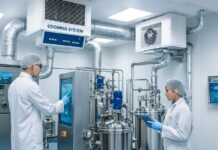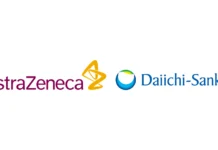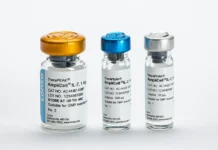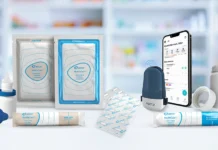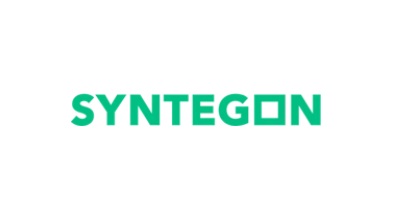Losing weight at the touch of a button: although this might sound too simple to be true, extensive pharmaceutical development has made it a reality for patients with type 2 diabetes and obesity. Incretin mimetics administered by auto-injectors or pens enable significant weight reduction and offer an important means of combating obesity and preventing type 2 diabetes. Pharmaceutical manufacturers are currently investing heavily in development and production. However, timely market entry requires integrated processes. System providers act as technological partners and offer flexible solutions for high-volume production.
Type 2 diabetes and obesity are not only widespread; they are also partly interrelated. People suffering from obesity have an increased risk of developing type 2 diabetes. According to estimates by the International Diabetes Federation, 540 million people worldwide are currently living with diabetes, more than 90 percent of whom have type 2. What’s more, the World Obesity Federation estimates that around four billion people – half of the world’s current population – could be severely overweight by 2035. Whatever their condition, patients urgently need effective control: weight loss is the main objective for obese people, while type 2 diabetes requires a regulated release of insulin. Patients with type 2 diabetes can produce insulin themselves, but often not in sufficient quantities. Medicines based on incretin mimetics are proving to be an effective treatment option for both indications. The products are experiencing increased demand, as they can also be used for weight control following recent approvals.
Hormone-driven weight loss
Some of the high-dose, subcutaneously injectable medications only need to be administered once a week. Auto-injectors or pens enable easy self-medication: patients administer the exact dose by simply pressing a button. However, drugs based on incretin mimetics owe their success not only to their practical handling. Clinical studies have shown that the products can lead to weight reduction of more than 15 percent within a few months. The recombinant active ingredients also influence the patients’ sensation of hunger: by stimulating the production of the hormone incretin in the body, patients feel satiated for a longer period of time.
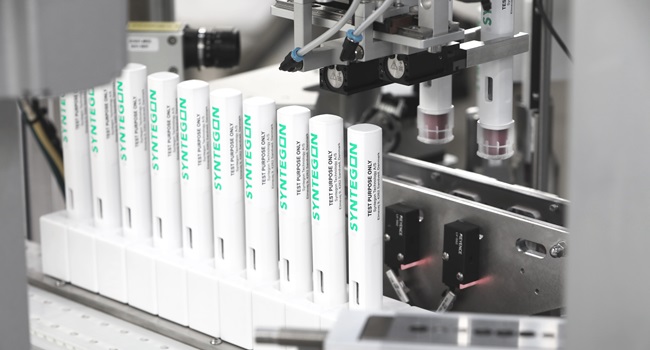
Meanwhile, the few approved weight management products that only need to be administered once a week have sparked a veritable race for more medicines. According to Globaldata, more than 50 drugs targeting the same mechanism were undergoing clinical trials at over 40 companies in early 2024. Most of the products are injectables, while some are administered orally. The liquid formulations are to be launched on the market either as pre-filled syringes in auto-injectors or as cartridge-based pens. Unlike auto-injectors, pens can be used up to five times. Patients only need to change the needles before each use. Single-use auto-injectors do not require this step.
Challenging glass cylinders
Cartridges, however, which are the main component of pens, present manufacturing companies with specific challenges: unlike the ready-to-use (RTU) syringes of auto-injectors, the glass cylinders are usually not pre-sterilized and not processed simultaneously in large quantities. On the contrary, manufacturers must ensure sterile individual filling, which includes flexible assembly and inspection in addition to high output – as well as additional upstream processes such as cleaning, siliconization, and sterilization. In case manufacturers rely on large-volume cartridges, which are filled as RTUs, the same systems can be adapted to accommodate this container type, resulting in leaner processes without the upstream steps.
High-performance cleaning machines pave the way for aseptic filling: they remove product residues and other contaminants from the inside and outside of the containers so that potentially harmful substances can no longer compromise the safety of operators and patients. Advanced systems offer pre-treatment in an ultrasonic bath. Flexible configurations of cleaning stations also enable product-specific and efficient sanitization.
State-of-the-art cleaning systems further make sure that the cartridges are siliconized. The thin silicone layer inside the containers has a major influence on the speed of the rubber stopper during administration and hence on the pressure of the administered medication. If the inner walls have too much silicone, the stoppers slide too quickly, and the pressure inside the patients’ tissue increases excessively. Too little silicone, on the other hand, might have the stopper sliding too slowly and the drug not penetrating the tissue sufficiently. State-of-technology sterilization tunnels fixate the silicone layer thanks to even heat distribution and sterilization speed.
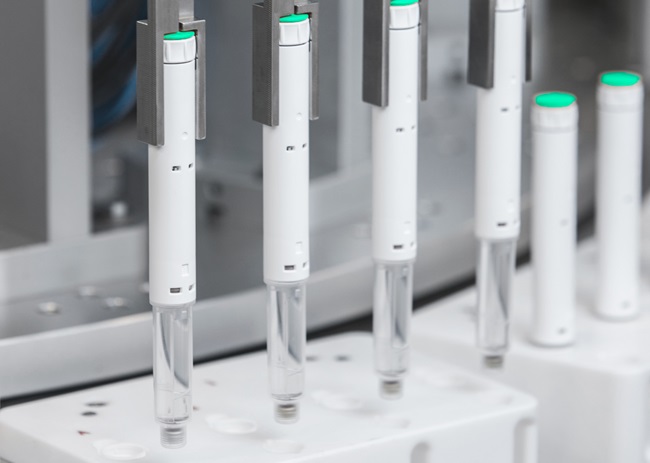
High-volume filling and sealing
High-performance filling and sealing machines with an output of 600 units per minute are standard equipment for manufacturers who want to meet global demand and remain competitive. However, high quantities alone are not sufficient to meet the requirements of efficient production. The often small opening of the containers requires highly precise filling. Common equipment concepts therefore include time-pressure filling (TPF) systems with a large number of filling stations. For sound reasons: the sensitive GLP-1 agonists call for filling methods like TPF that don’t expose them to thermal and mechanical stress. After the cartridge stoppers have been placed and checked with a sensor, the cartridges are filled at separate stations. Leading technology providers rely on sensor filling for maximum precision. This helps to achieve the optimum fill level and avoid air bubbles in the liquid, thereby reducing costly rejects.
Due to high sterility requirements, cartridges are filled in production environments that ensure strict separation of drugs and operators. The new version of EU GMP Annex 1 places additional emphasis on effective separation: isolator technology will establish itself as the long-term standard in filling, as it guarantees automatic bio-decontamination and a stable pressure difference to the operator environment.
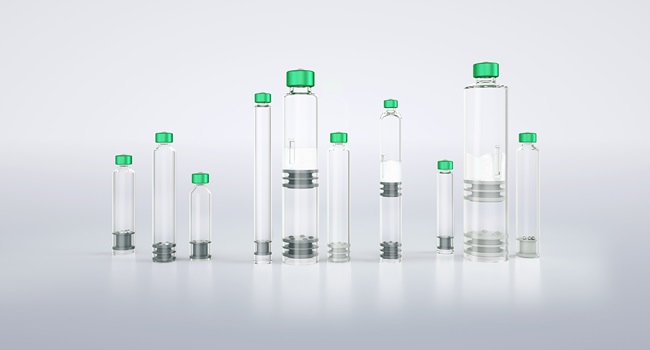
Customized assembly
The filled and sealed cartridge is the centerpiece of the pen, which is ideally assembled on flexible platforms. Although the numerous pen and injector types on the market have similar components, they vary in terms of size, material, and shape. Leading machine manufacturers have developed solutions that combine standardization and customization in close cooperation with their customers, resulting in platforms that offer the required flexibility and capacity and can process both auto-injectors and pens.
Common pen assembly machines are designed for standard four-part disposable pens, which consist of a pen cap, a cartridge holder, the cartridge, and a dispensing mechanism. These solutions allow companies to choose between manual, semi-automated, and fully automated assembly with quick, tool-free changeovers. Small manual workstations have proven to be the ideal solution for initial clinical trials. As soon as commercial production begins, semi-automated or fully automated assembly systems come into play. Thanks to this scalable approach, process validation can be transferred from one assembly platform to another. This makes for versatile processes with minimal downtime between batches, facilitating prompt time to market.
Containers without cracks or defects
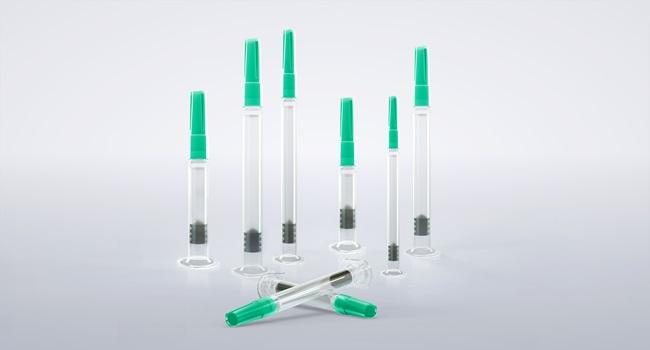
Inspection plays an important role: this process step makes sure that cartridges do not break on the way to the patient or during use. It is the linchpin for patient safety and a regulatory requirement for parenterally administered medications. High production volumes require fully automated and highly flexible systems for comprehensive inspection: different systems for visual inspection and leak detection – preferably on a single platform – enable containers to be precisely checked for cosmetic defects, intrinsic and extrinsic contamination, and leaking closures. In view of the increasing global demand for weight control medicines, but also due to the expected focus on cartridges, this kind of system will become ever-more important – combined with even more flexible, safe, and efficient processes along the entire value chain.



